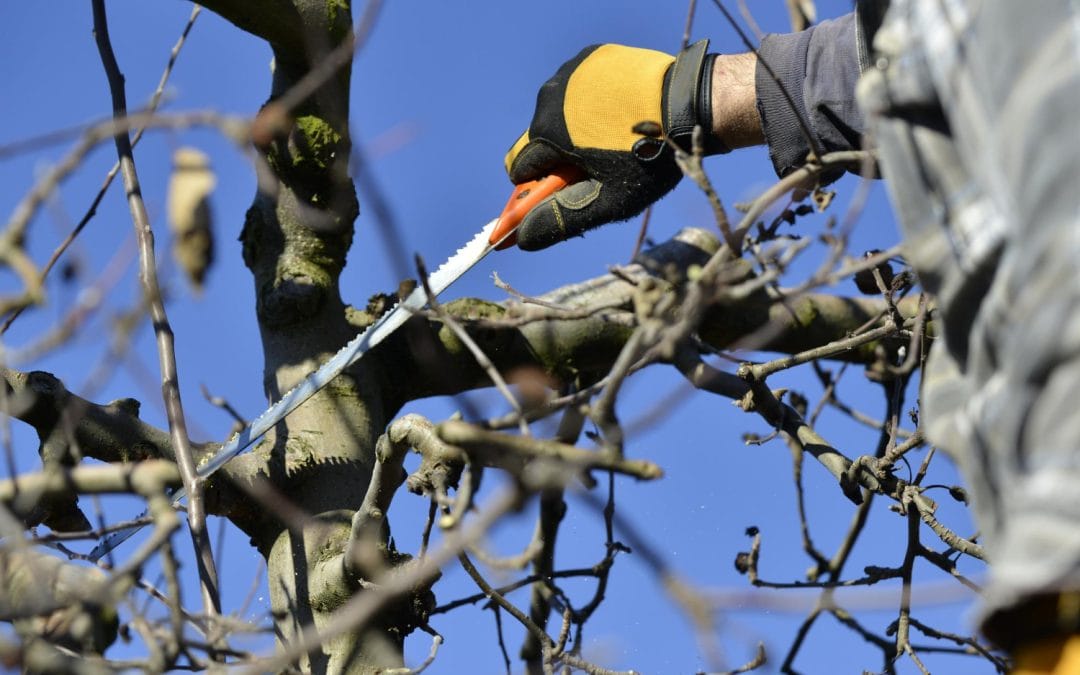Keeping trees healthy in Baltimore County requires a blend of science, timing, and local environmental knowledge. These living systems react to soil chemistry, climate patterns, and maintenance practices in ways that aren’t always obvious to the untrained eye. Arborists rely on metrics like sap flow rate, cambial growth thickness, and chlorophyll fluorescence to assess vitality — data that goes far beyond casual observation.
Soil composition is a major player in tree health. Across Baltimore County, sandy loams, silty soils, and dense clays each behave differently. Urban soil compaction can cut root oxygen availability by up to 70%, as documented by the USDA. This is why professional care often involves soil aeration and amendments rich in organic matter, which enhance microbial activity and nutrient uptake.
Pruning: A Science of Its Own
Tree pruning isn’t just about shaping a canopy; it’s about working in sync with a tree’s phenological cycles — the natural timing of bud break, dormancy, and nutrient storage. Late winter pruning reduces pest exposure and stimulates strong spring growth. Over-pruning at the wrong time can deplete stored carbohydrates, weakening the tree’s defenses against fungal and bacterial diseases.
- Winter pruning: Promotes structure, limits disease spread.
- Summer pruning: Manages size, but can stress trees in drought conditions.
- Avoid topping: This creates structurally weak regrowth and shortens lifespan.
Watering With Precision
A mature oak in midsummer can release up to 100 gallons of water daily through transpiration. That doesn’t mean it needs constant watering — oversaturation can suffocate roots. Pros use soil moisture sensors to maintain ideal volumetric water content between 20–40% for most species. Applying a 2–4-inch mulch layer helps maintain these levels and can reduce water loss by 35%.
Proactive Pest and Disease Control
Local trees face pressure from pests like the emerald ash borer and pathogens such as bacterial leaf scorch. The most effective approach is Integrated Pest Management (IPM), combining precise monitoring, biological controls, and selective chemical treatments when necessary. Arborists may use xylem fluid analysis to catch infections before symptoms show, preventing irreversible decline.
Baltimore County Tree Care for the Long Run
Expert tree care blends biology, engineering, and environmental science to create long-term results. For homeowners looking to keep trees healthy and safe, partnering with professionals ensures that every decision — from pruning cuts to soil treatments — is backed by data and experience. Whether you need tree safety inspections, tree trimming and pruning, lot clearing, or storm damage cleanup, a science-based approach will always pay off in the long run.

